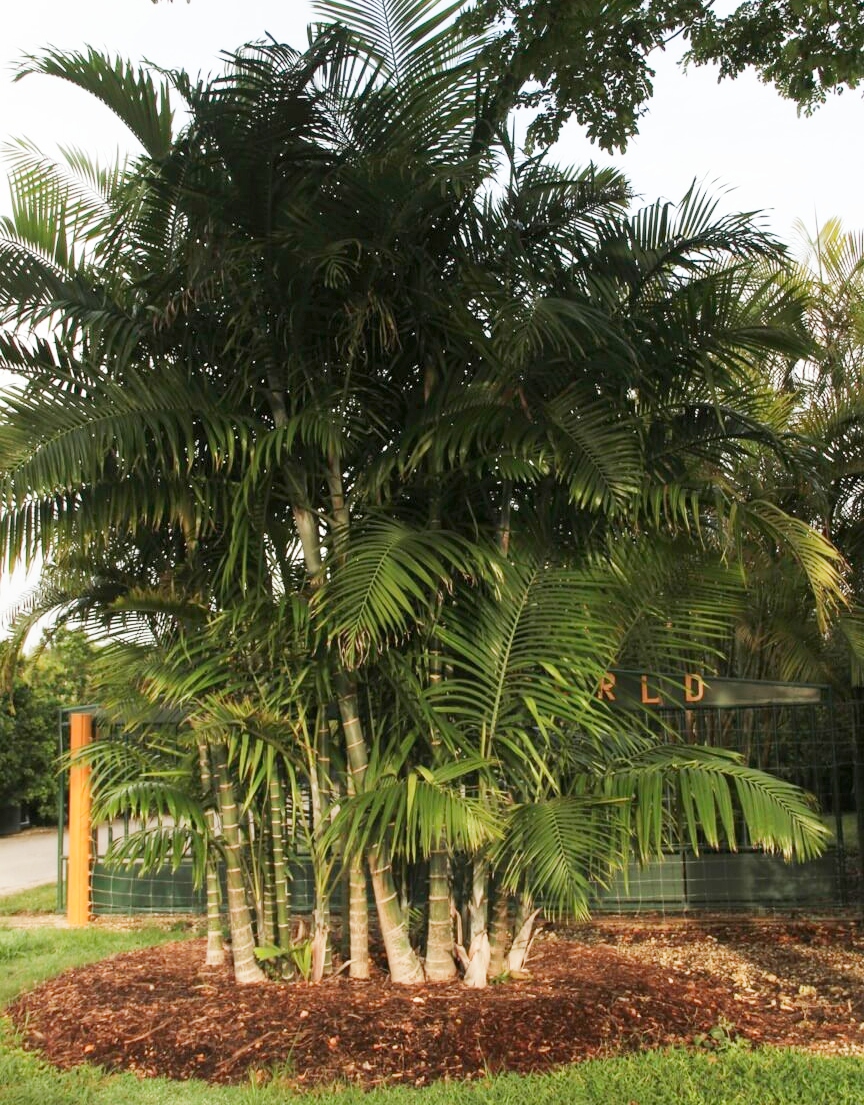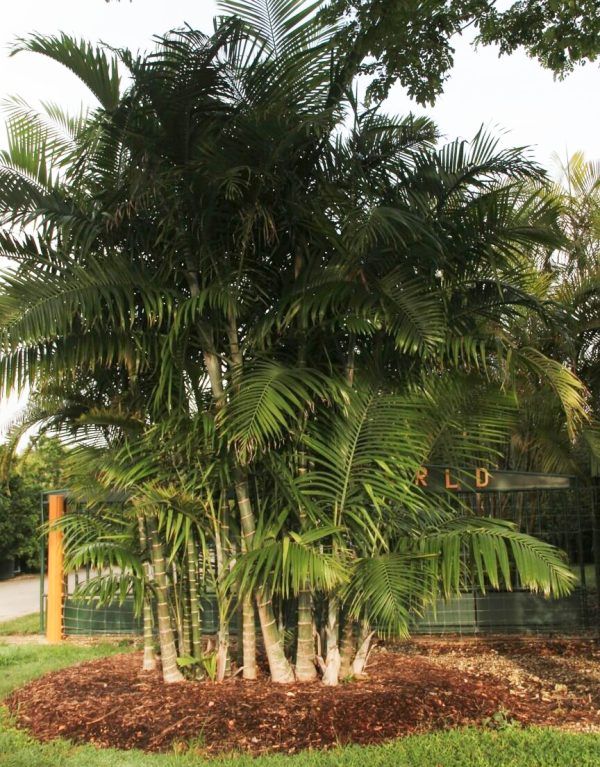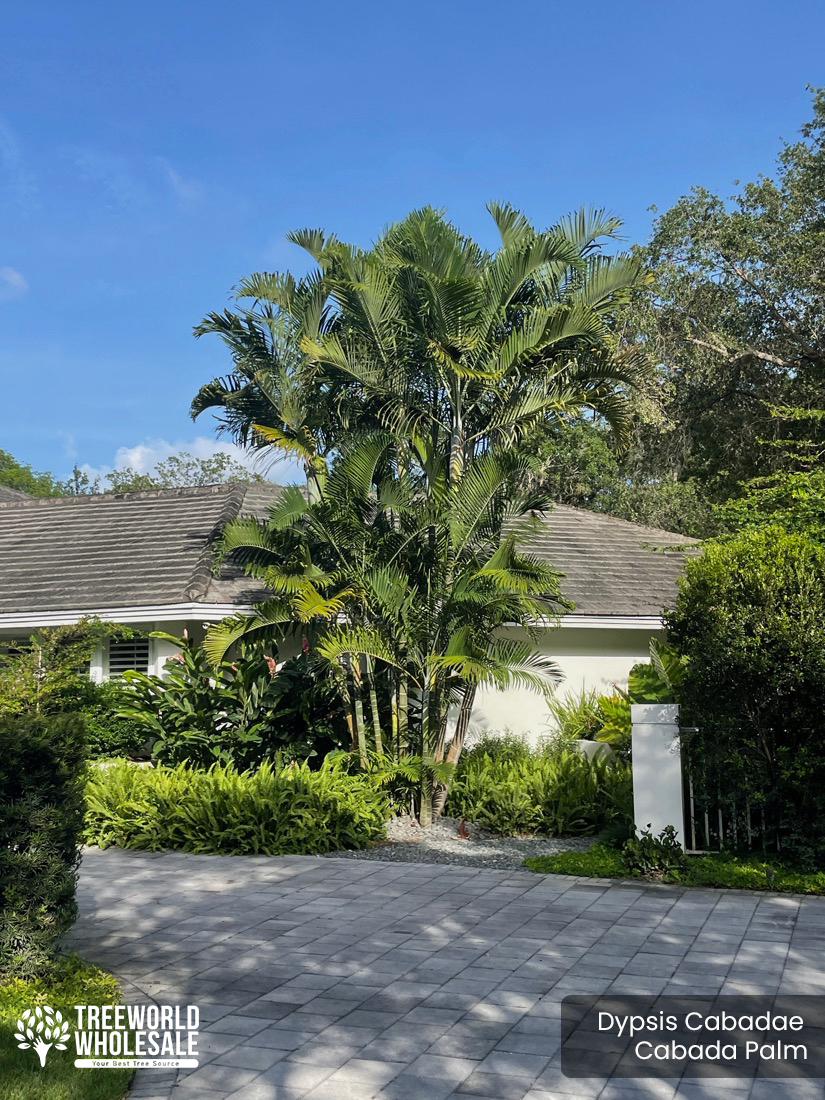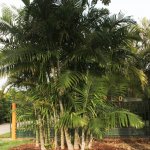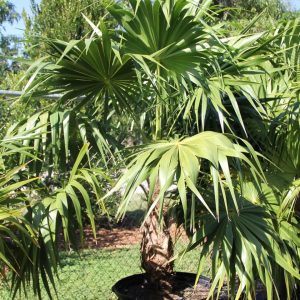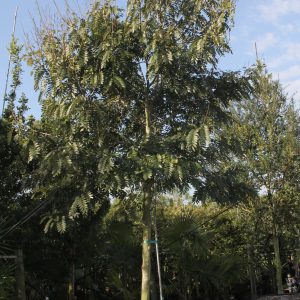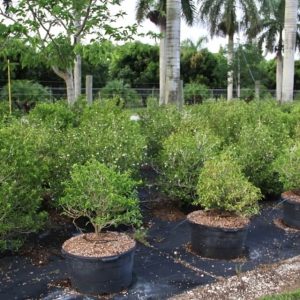Description
Dypsis cabadae tree description
The Dypsis cabadae (Cabada Palm) has an interesting history in that it was known from cultivation in Cuba before being discovered a few years ago in the wild in the Comoro Islands. It resembles the more commonly grown areca palm (Dypsis lutescens), but is taller. There are more than 150 species of dypsis, all native to the Indian Ocean islands. As a classic clustering palm, it develops about a dozen individual stems radiating from the base. Topped by a smooth green crown shaft, the stems are smooth and green with gray rings resembling bamboo. Each stem has a crown of 6-10 arching pinnate leaves, deep green in color; leaves are up to 10 feet long with numerous leaflets reaching 2 feet in length. It has no spines.
Cabada Palm tree cultivation
The Dypsis cabadae (Cabada Palm) bears a branched inflorescence of yellow flowers that develop into bright red fruits about 1/2 inch long, containing a single seed. Propagation may be by either seed or basal offshoots. The palm is adaptable to a range of well-drained soil conditions. A grouping of Cabada palms is exceptionally striking in landscaping around buildings and is suitable for growth in large containers. It is an excellent accent tree. In cooler climates it can be grown in large indoor areas such as shopping malls.
🌳More popular and beautiful plants: Marlberry tree

